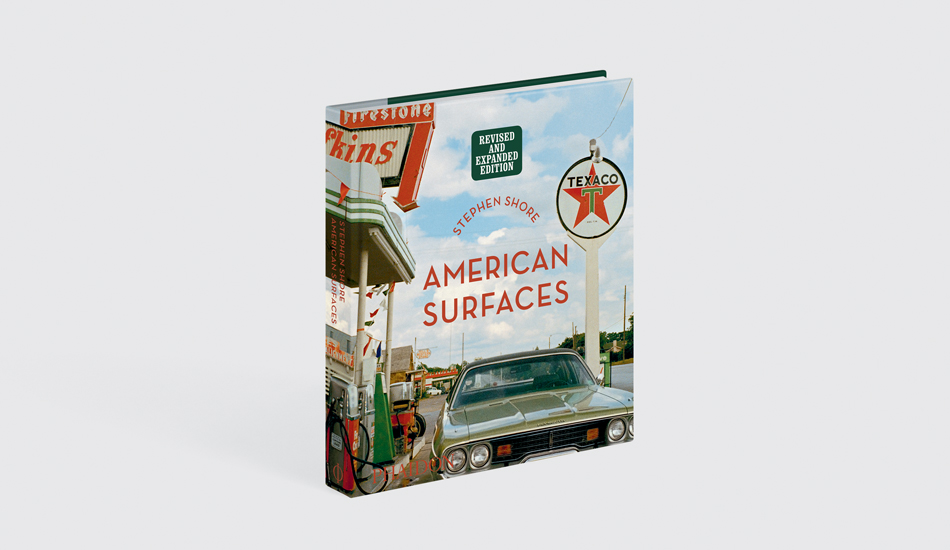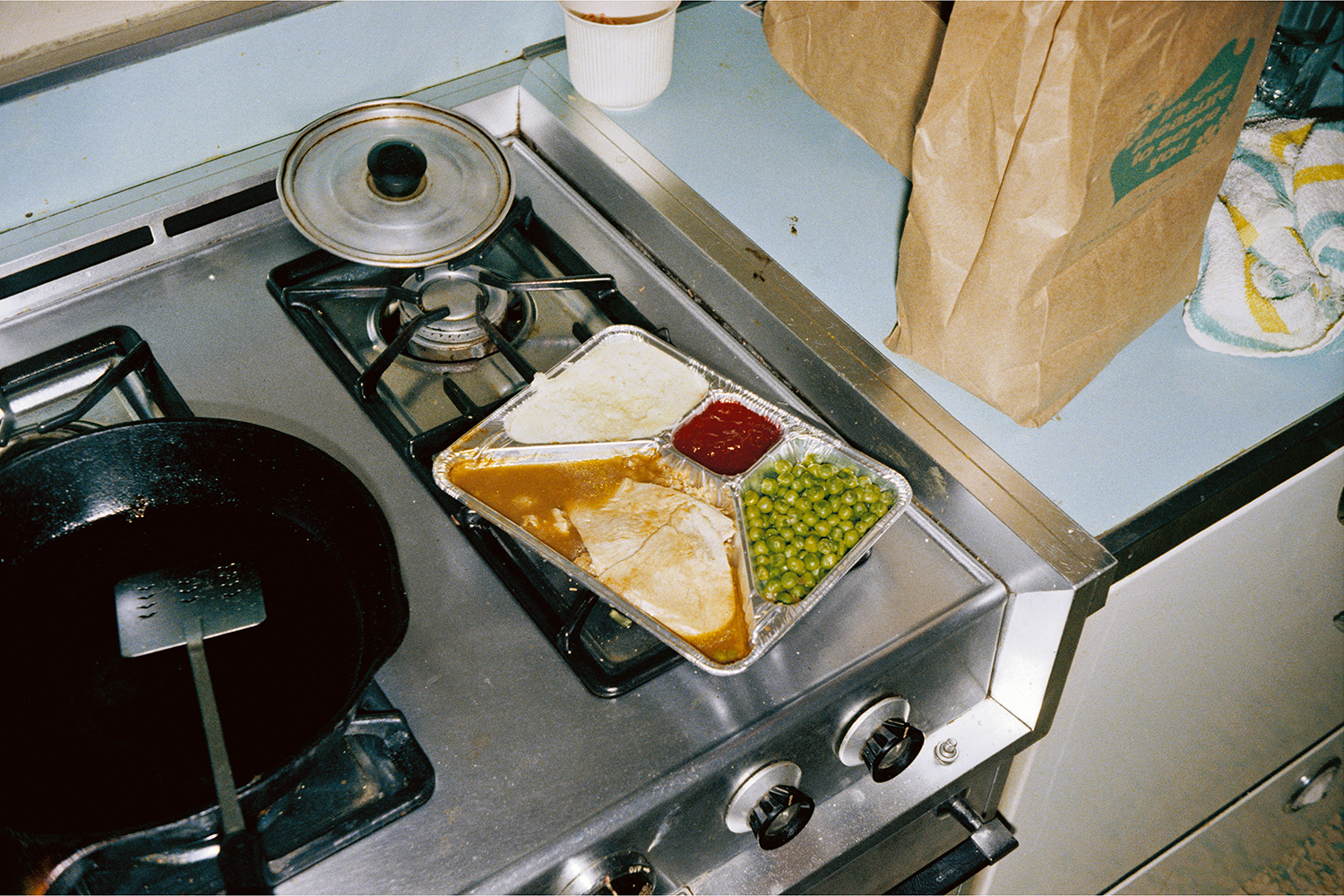
INTERVIEW: Stephen Shore: 'The current moment recontextualises the photos in American Surfaces'
In the third and final part of our interview with the photographer, he talks about some of the people in the book, rediscovering new/old photos and his favourite shot
In June 1972 the 24-year-old photographer and native New Yorker Stephen Shore set off on a road trip, driving south, through Maryland, Virginia and the Carolinas, into the deep South and Southwest.
Up until this point Shore had shot his work mainly in black and white, though for this road trip he loaded his 35mm Rollei with Kodacolor film, more popular with holidaymakers than fine artists. Shore, like thousands of other amateur photographers, sent his film rolls back to Kodak for processing, and exhibited the small snapshots pasted up on the wall in grid formation in an upmarket New York gallery later that year. Thus, American Surfaces was born.
Then as now, the photographer was clearly toying with non-professional modes of picture making; yet no one would ever mistake his 1970s road trip pictures, which are published in our newly updated edition of American Surfaces as a simple vacation record.
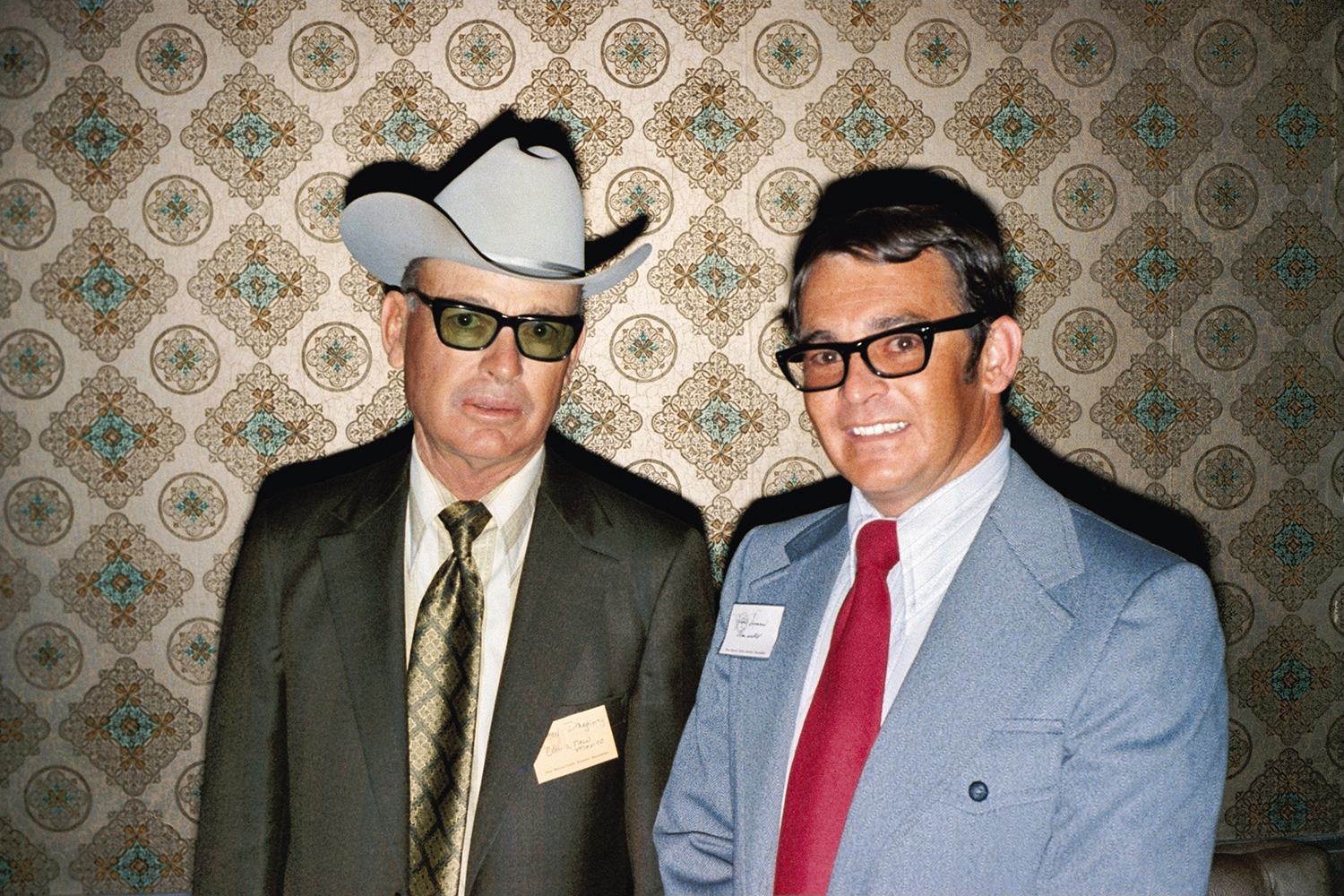
Instead it's best to think of American Surfaces as a road movie. In that tradition frequently, nothing seems to be happening, or something wholly unremarkable has been recorded. Yet there is a tremendous beauty to be found where it’s least expected.
Those early shots were credited with popularizing colour film among fine-art photographers and now, over fifty years since those early trips, Shore has pretty much demolished the wall between amateur and fine-art image making. Who among us hasn’t at least tried to snap a street sign or a careworn café in a Shore-like manner?
In the third and final part of our American Surfaces interview (Read part one and part two) the photographer talks about the people he met, the food he ate, how the look of small town America is essentially the same now as it was then and why the updated version of the book takes on ever more poignance right now.
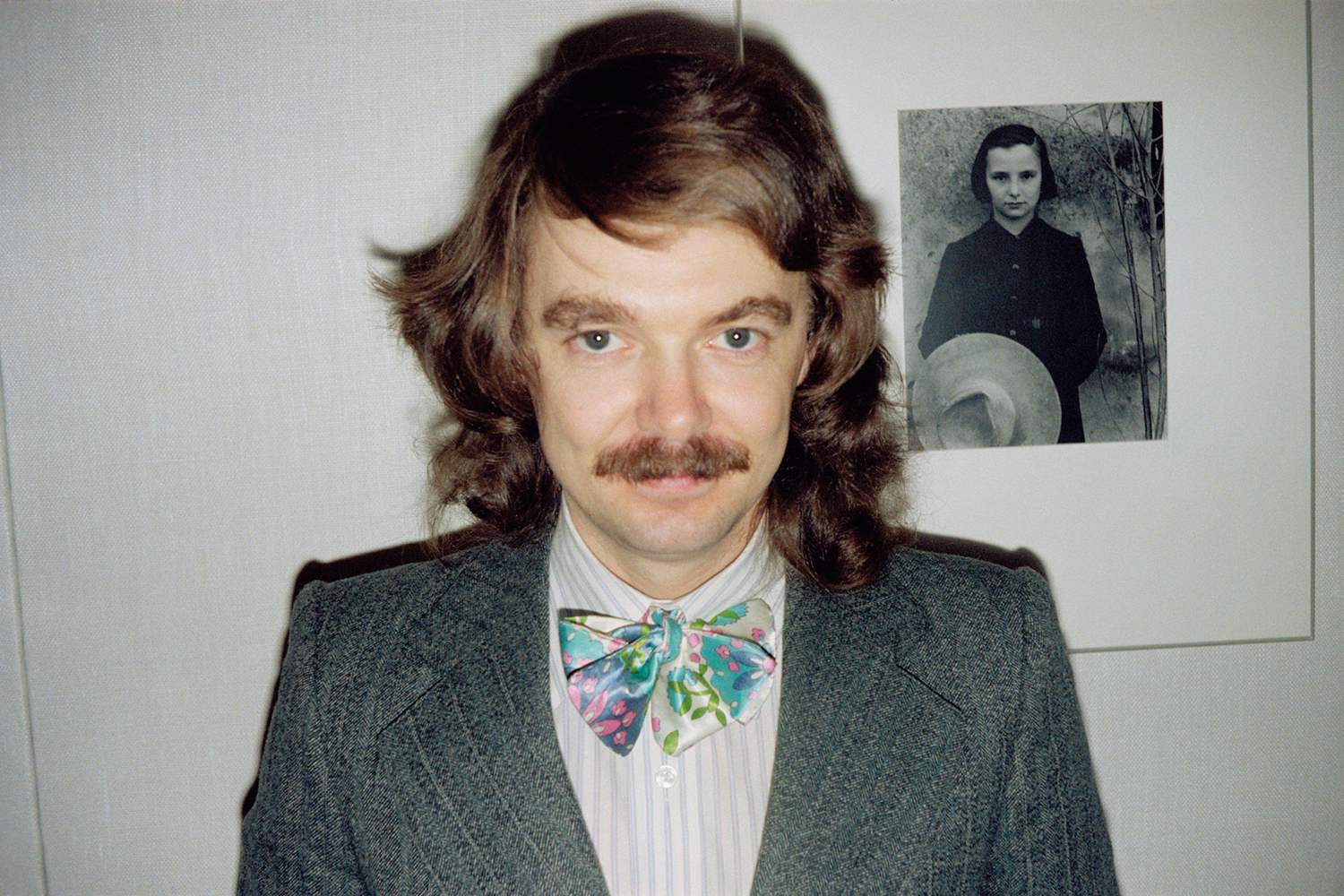
The people you chose to photograph are an interesting and eclectic looking bunch, do they have names? Yes! But there are a lot of very interesting people in the book who are not identified. There is a man named Rogers E.M.Whitaker who was an editor at the New Yorker and was the world’s greatest train buff. There is Andrew Weil who has since become a health food guru. There is a Grey Ruthven, Earl of Gowrie, who I think was the chairman of Sotheby’s and a very active conservative in the House of Lords. There was a US senator from New York, Jacob Javits from the Javits Center in New York is named for. Pontus Hultén, who was the first director of the Pompidou, Paris; P. Adams Sitney who was the major theorist on avant-garde film in the country. Those are the ones who come to mind, but there were a lot of interesting people. Henry Geldzahler who was the Head of Twentieth Century Art at the Metropolitan Museum of Art. Some were friends, Senator Javits was someone I met at a party.
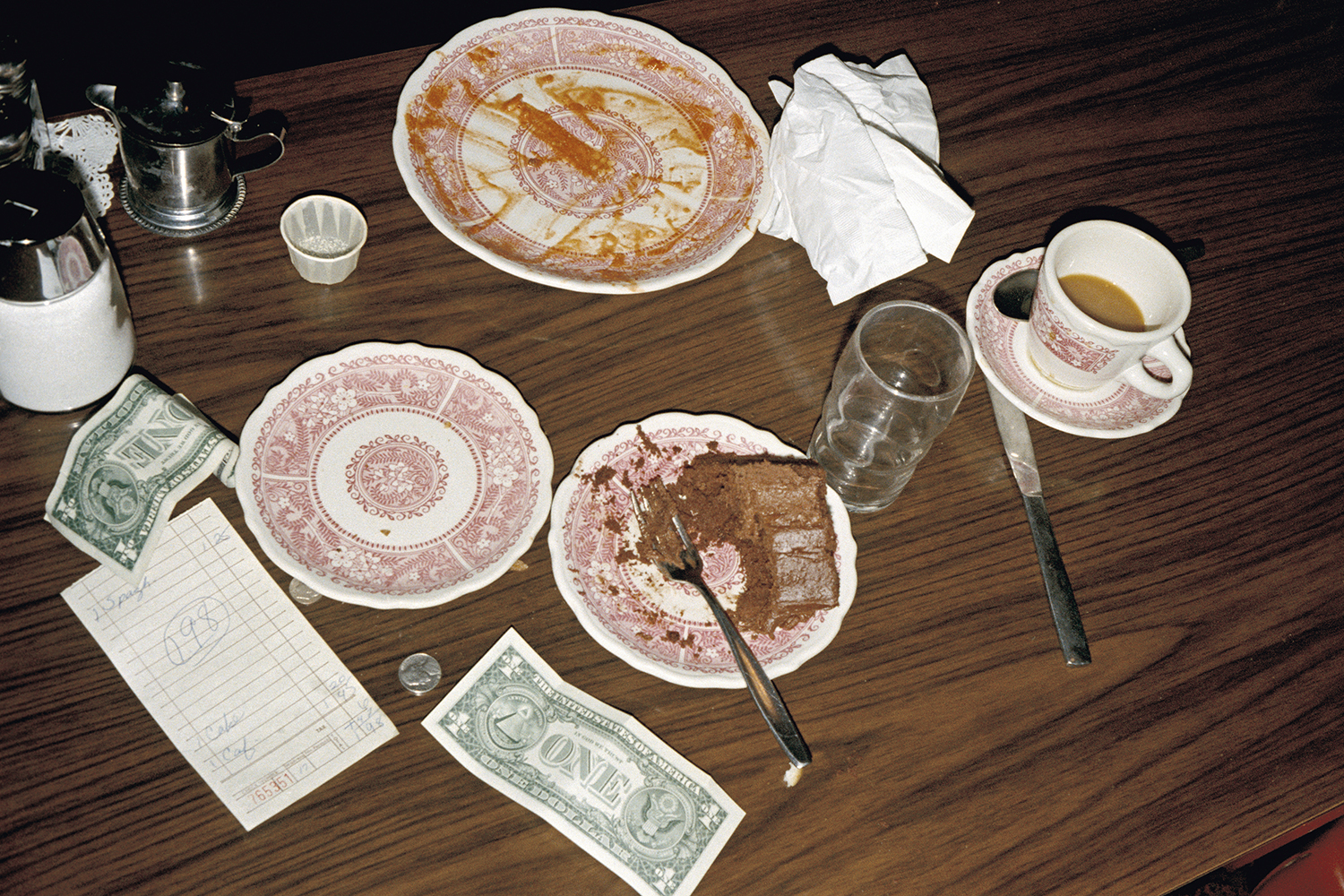
__It looks like you ate well on your travels! There is a lot of steak in evidence. . . __ I did eat three meals a day so there are a lot of meal pictures! As far as steak goes, well yes, that’s what you got out there! As I drive around the country still a lot of it hasn’t changed. You know. A lot of it looks exactly the same. At the outskirts of towns there are commercial developments big box stores, that’s different. But I drive out to Montana every summer and I’ll pull off the interstate and go to some small town to get lunch and the small towns look the same. The greatest difference is in the quality of the food. The food was just terrible then! If you grew up in a cosmopolitan city and were used to going to good restaurants. . . I like a lot of American food: hotdogs, chicken fried steak; but it’s not like Thai, or Italian or Indian cuisines.
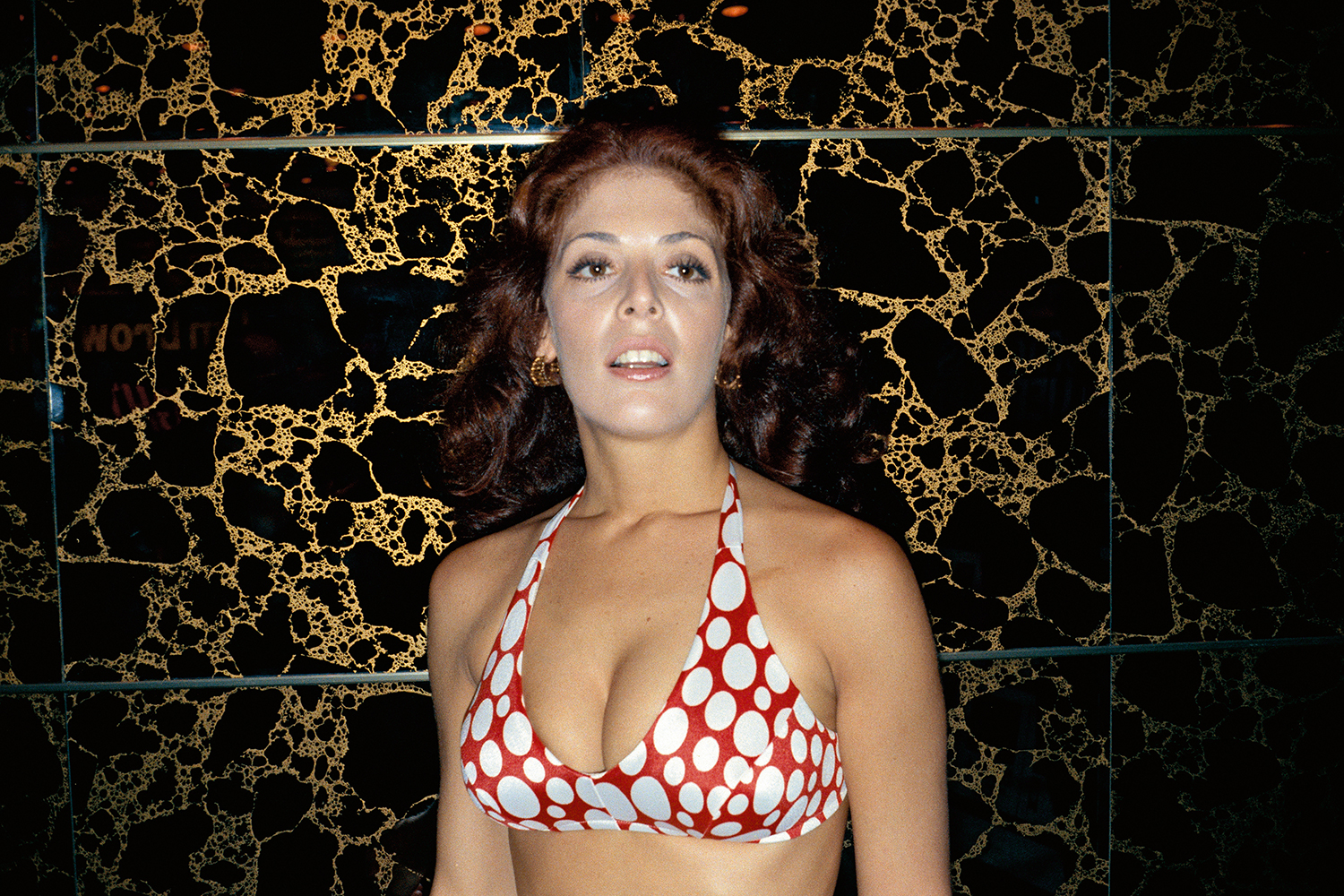
A lot of work has gone into the rescanning of the original images for this new edition, hasn't it? Yes. When the original book was published I had not had the chance to have the negatives scanned, so the reproductions were made from separations of the original prints from '72, the Kodak prints. Scanning them was a huge project, we’re talking about scanning in total maybe 350 negatives and then correcting them. This was a project that took many months – and that’s what the new book is created from. I was able to correct for colour shifts that happened over time. Highlights tend to be better in scans from negatives; I called in details from clouds so the colours are better; they’re sharper. So not only are there more reproductions but the reproductions themselves are much higher quality.
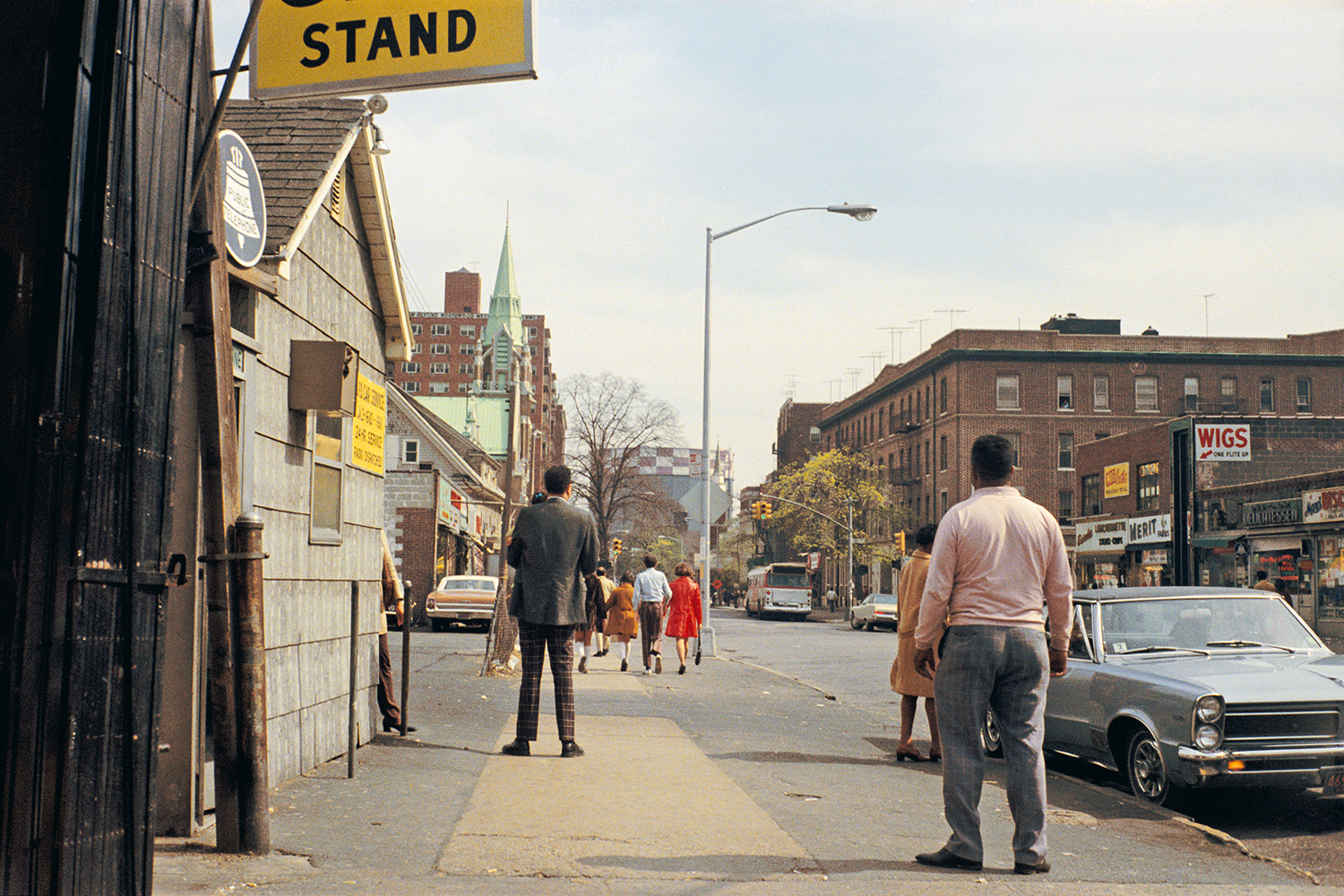
Did you see any of it with new eyes, did any images provoke memories or feelings? Memories I don’t know because this all happened almost 50-years ago! I remember the occasional picture situation but people want me to tell stories about taking a particular picture! We’re going back 50-years and I photographed every meal I take for two months and I’m supposed to remember this meal?That said there were pictures when I started looking at what was in the original show that wasn’t in the book. When we edited the first book we didn’t go by what was in the show. We just got all the pictures together and Amanda (Renshaw, Phaidon’s publisher at the time) and I went through all the pictures and we made a selection. It wasn’t in reference to what was in the original show.
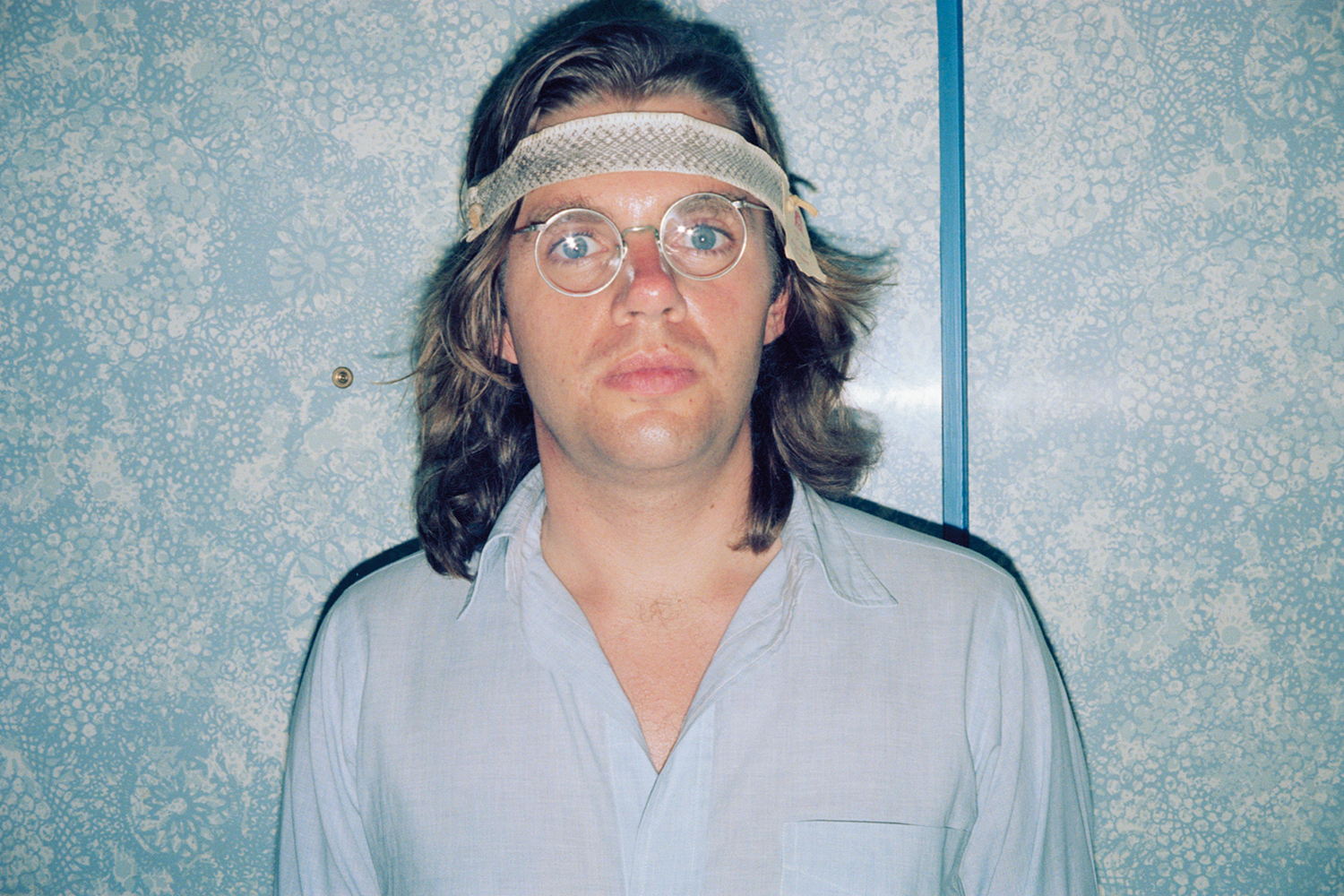
Tell us about the expanded nature of the new version A few years ago a graduate student had done her thesis on the original show and spent a lot of time at the Met with their collection. So all this information about the pictures was readily available because of her work and we looked at those pictures and realised that there were many pictures as strong as we had in the book that had been left out. If you’re going through hundreds of pictures in a weekend you may miss something. And so the new edition has given me a chance to get some of those in print. These were pictures that were all in the original show that were not included in the original version of the book.
Any that you’re particularly proud or fond of? Yes, the photo of rocks that have been painted white on the step, on a blue painted step.
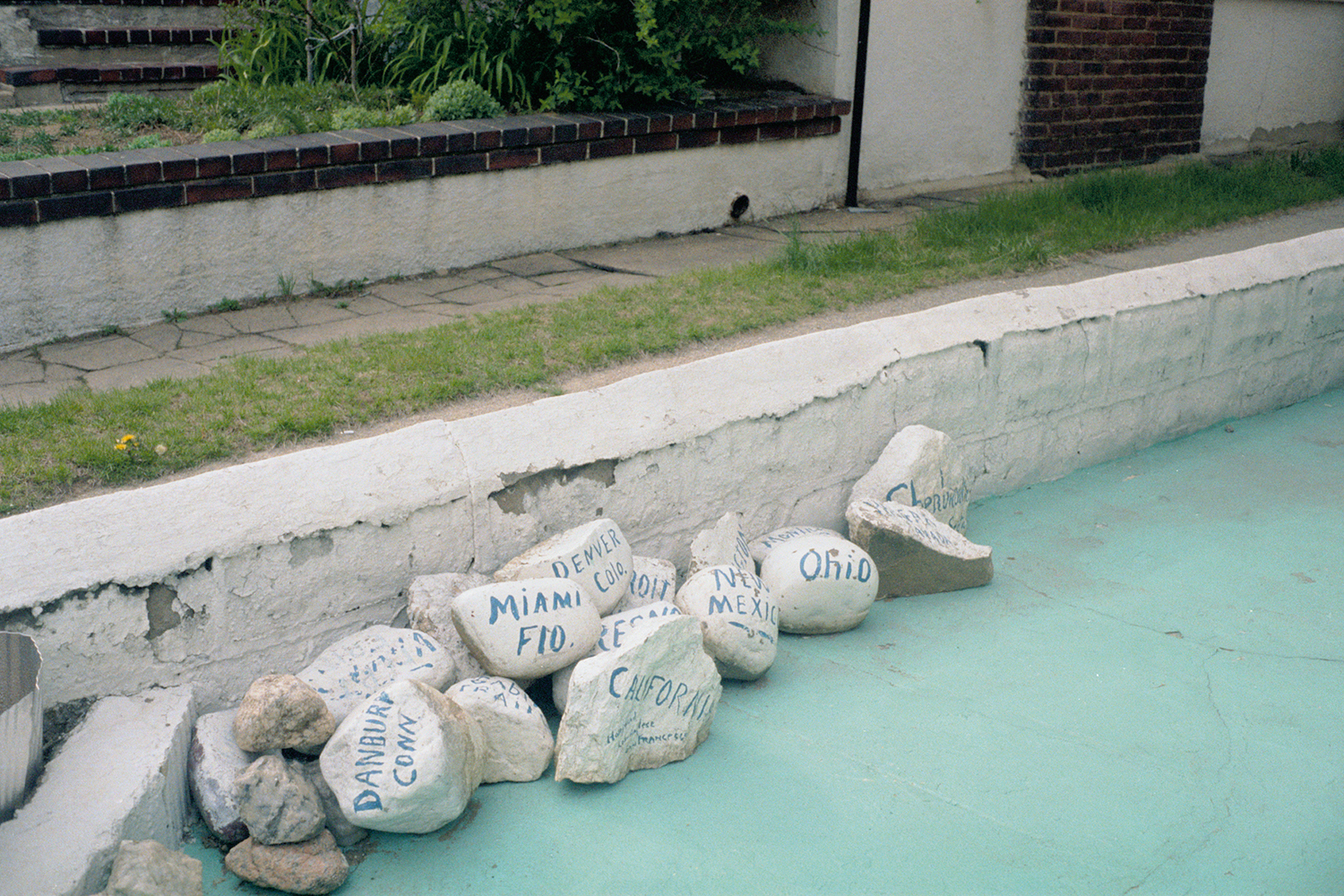
The photographs taken in New York seem very different, why did you include them? The thinking was when I got back from the trip, I had understood that I was keeping a diary of my life so I saw no reason to stop. Now, was I going to photograph my bed every day? No! If I’m on the road and sleeping in a different one every night I’ll do that. But one picture of my bed and one picture of my kitchen, suffices. I don’t need to take a picture of my television set every day. So there were more pictures of people I would meet and trips I made out of the city; so I think that explains some of the changes in continuing the visual diary.
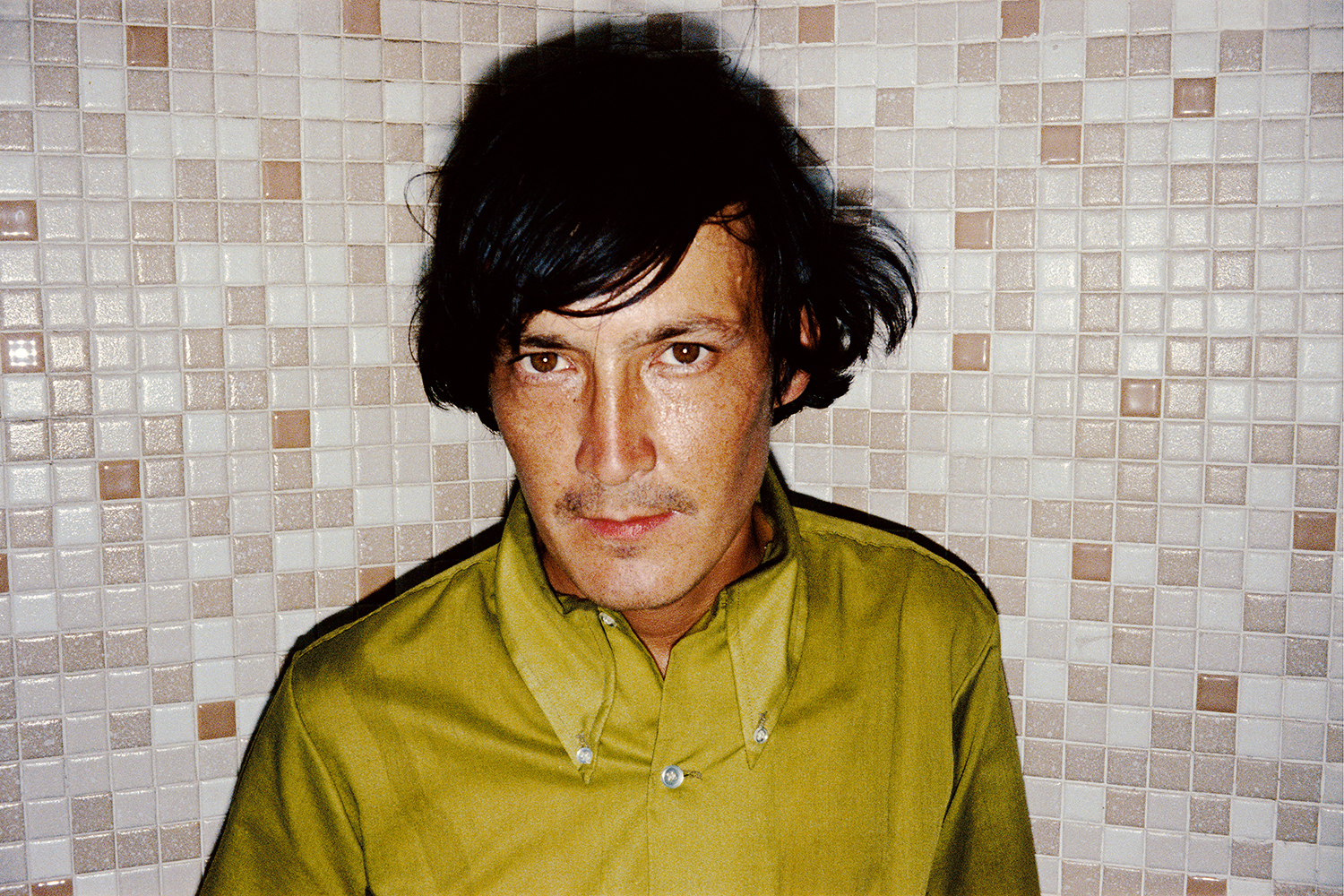
Do you think these images are all the more poignant for the moment that we are in as we speak?
Yeah I think so, because I think it recontextualises them. For example, in the past week I’ve been posting plants budding in my garden. And I do this every Spring because I’m interested in my garden at all times of the year. I like it when things have withered and died, I don’t think things are only interesting when they are in bloom. And so I’m interested in all these stages. And I know from the comments that people see this differently now. They see it as an affirmation of life. Those certain things that don’t get reported in the paper. The sun rose today. The cycles of life are going on.
Head into the store and get your copy of our newly updated edition of American Surfaces
